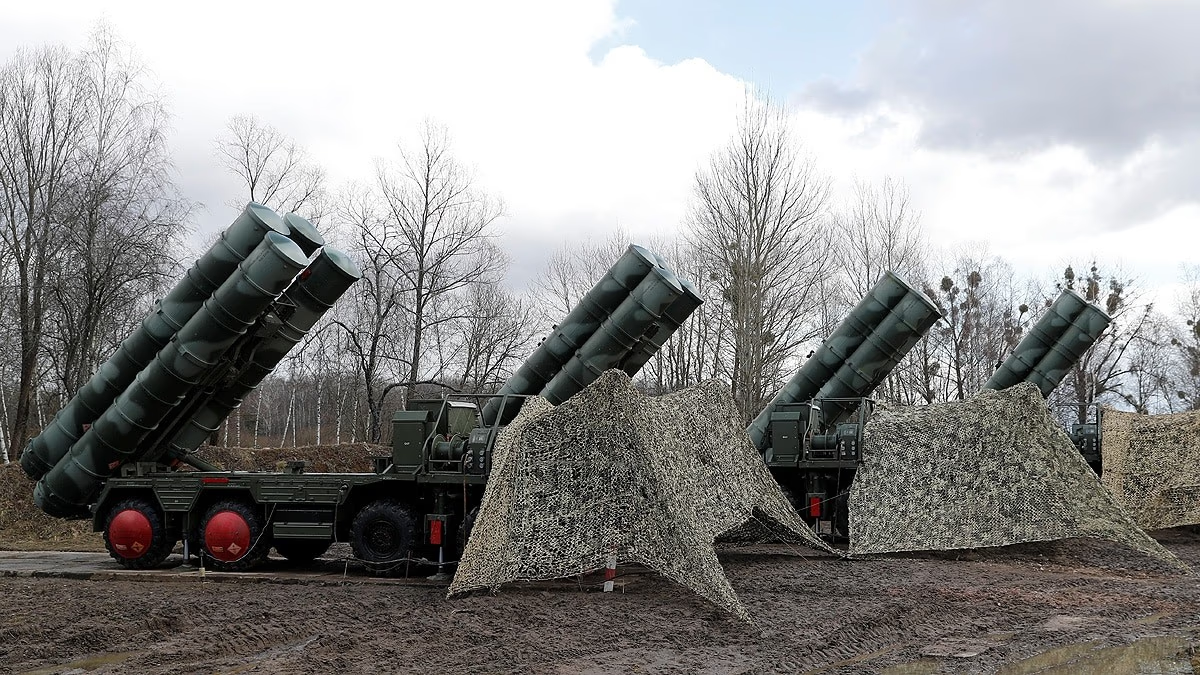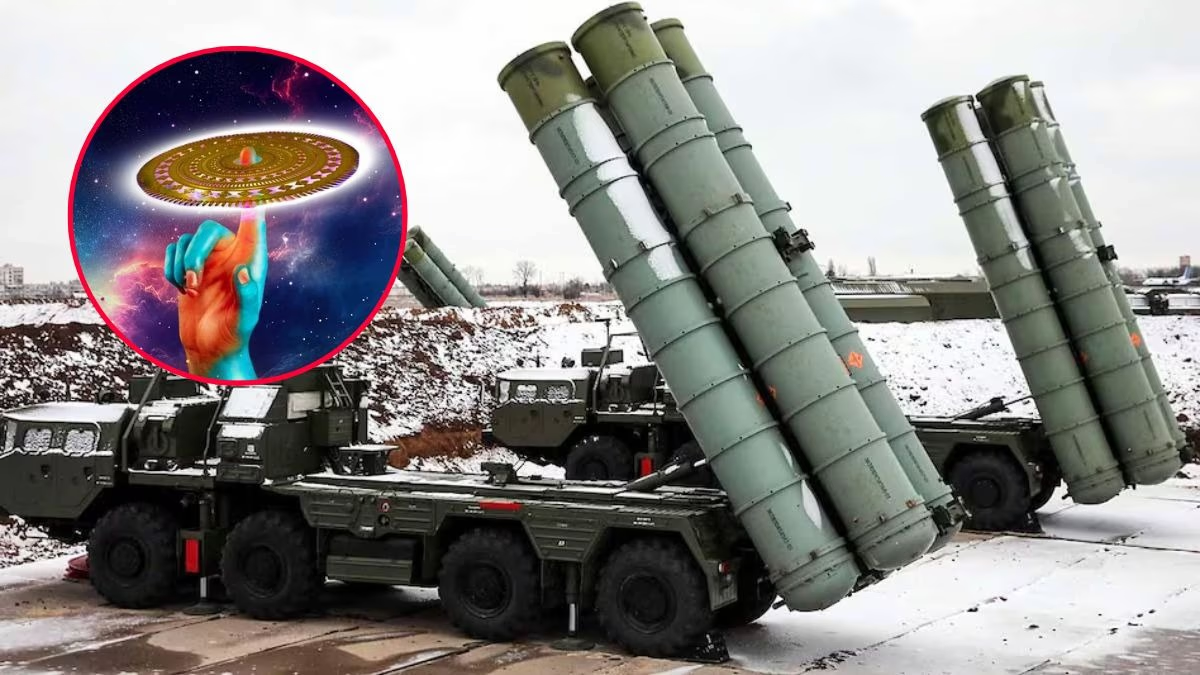In the midst of rising tensions between India and Pakistan on May 8, 2025, Indian air defense systems successfully intercepted Pakistani drone and missile attacks. This incident followed India's Operation Sindoor on May 7, which targeted nine terrorist sites in Pakistan and PoK, in retaliation for the April 22, 2025, terrorist attack in Pahalgam.
Indian defense systems, including advanced technologies like the Integrated Counter-Unmanned Aerial System (UAS) grid, S-400 Sudarshan, Barak-8, Akash, and DRDO's anti-drone solutions, played a crucial role. On the other hand, Pakistan employed platforms such as the JF-17, J-10, F-16 jets, PL-15 AAM, AMRAAM, HATF, HQ-9, and DJI military drones.
Read more:
Indian Air Defense Systems
1. Integrated Counter-Unmanned Aerial System (UAS) Grid
The Integrated Counter-UAS Grid is an advanced defense network designed to detect, track, and neutralize unauthorized drones and missiles. It operates across 1,800 km of airspace.
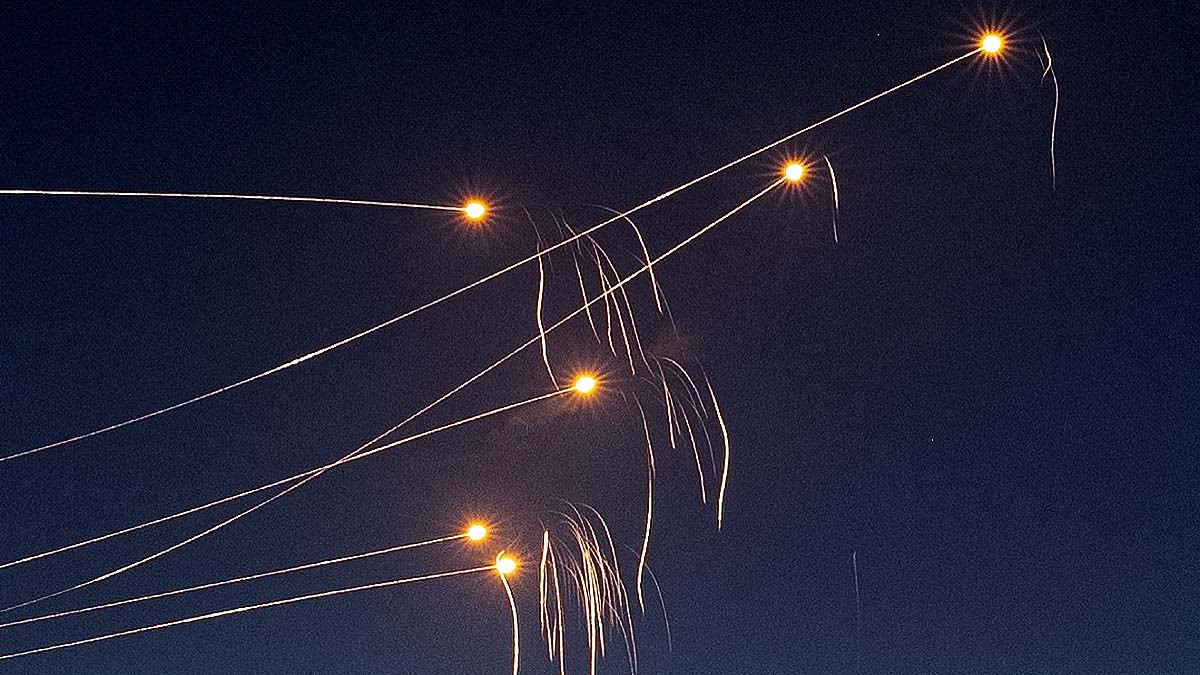
Source: aajtak
Features
Technology: Radar, radio frequency sensors, optical cameras, and acoustic detectors.
Response: Signal jamming, GPS spoofing, and kinetic interceptors.
Capability: Able to track and destroy multiple threats simultaneously.
Contribution: On May 8, the grid neutralized Pakistani drones and missiles targeting 15 military bases including in Srinagar, Jammu, Pathankot, and Bhuj.
2. S-400 (Sudarshan Chakra)
The S-400, manufactured by Russia and known as the “Sudarshan Chakra” in India, is among the world’s most advanced long-range surface-to-air missile systems. India purchased five squadrons in a $5.43 billion deal in 2018.
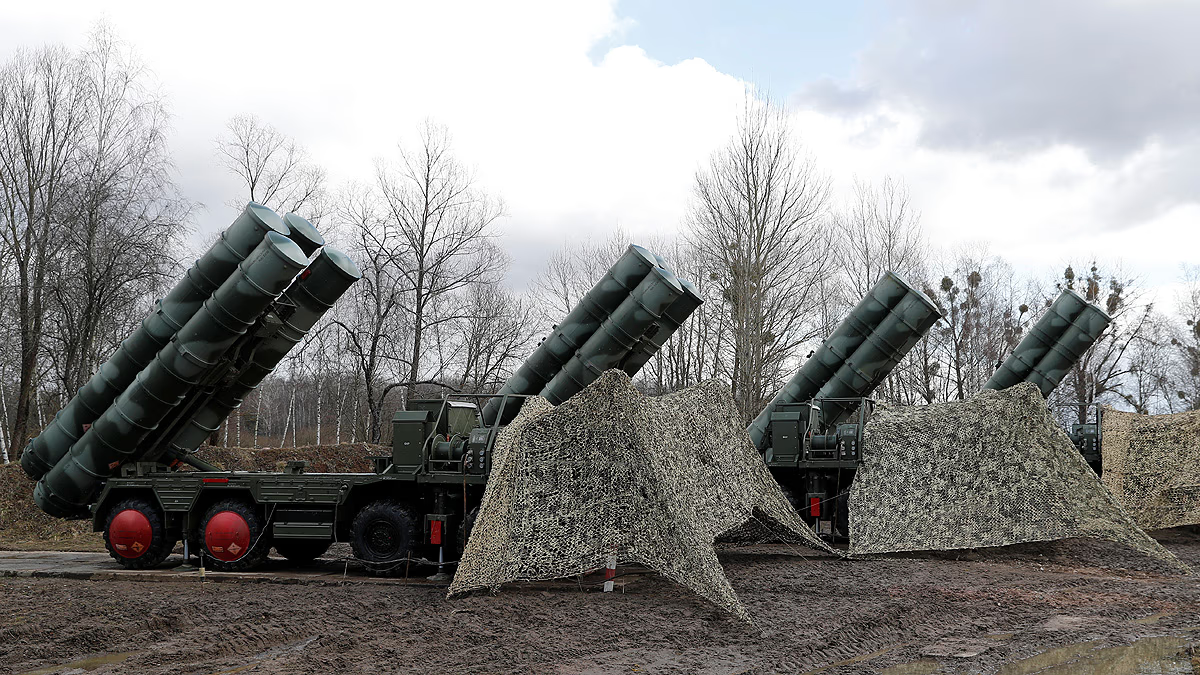
Source: aajtak
Features
Range: 400 km (intercepting), 600 km (tracking).
Targets: Fighter jets, drones, cruise missiles, ballistic missiles.
Capability: Tracking 300 targets and destroying 36 simultaneously.
Missiles: 40N6E (400 km), 48N6DM (250 km), 9M96E2 (120 km), 9M96E (40 km).
Contribution: From May 7-8, S-400s deployed in Pathankot and Rajasthan destroyed Pakistani drones and missiles and neutralized the Pakistan HQ-9 system in Lahore.
Read more:
3. Barak-8 (MRSAM)
Jointly developed by India and Israel, the Barak-8 medium-range surface-to-air missile system equips the Army, Navy, and Air Force.
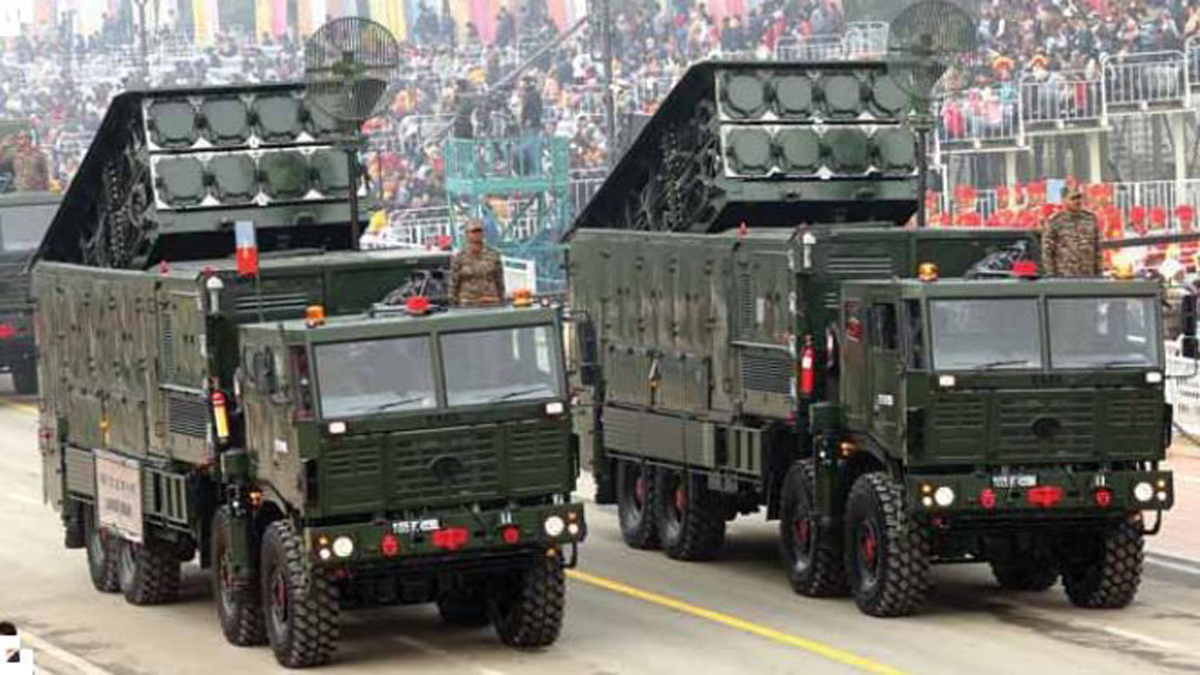
Source: aajtak
Features
Range: 70-100 km
Targets: Fighter jets, drones, cruise missiles, helicopters.
Guidance: Active radar homing, multi-function radar.
Capability: Network-centric warfare system capable of destroying multiple targets simultaneously.
Contribution: Barak-8 destroyed high-speed targets in Punjab and Jammu & Kashmir, including cruise missiles.
4. Akash Surface-to-Air Missile
Developed by DRDO, Akash is an indigenous medium-range surface-to-air missile system that provides foundational lower-tier defense for India.
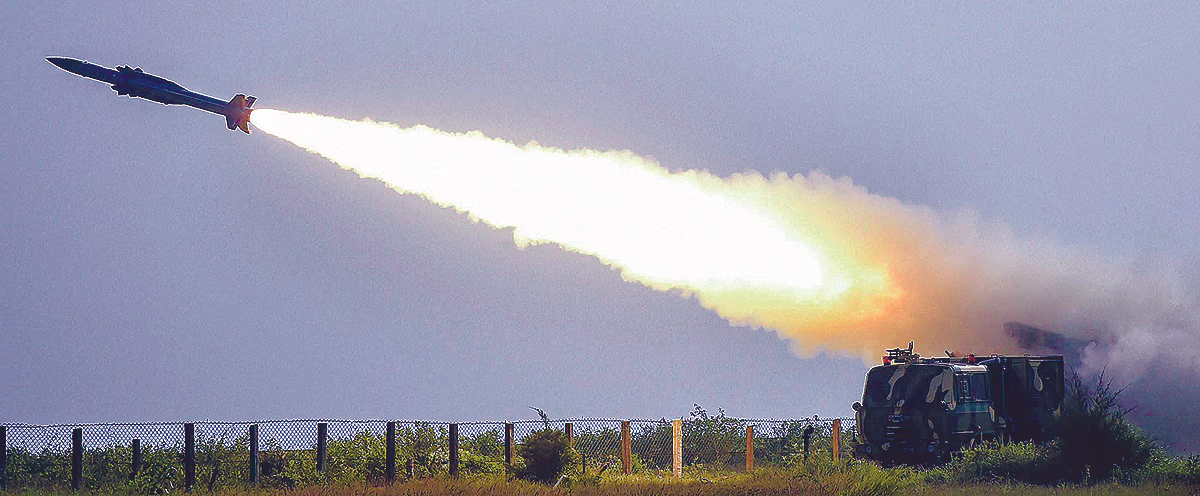
Source: aajtak
Features
Range: 45-70 km (Akash-NG).
Targets: Fighter jets, drones, cruise missiles.
Capability: 60 kg warhead, 100% interception rate, electronic counter-countermeasures (ECCM).
Deployment: Mobile platforms like tanks and trucks.
Contribution: On May 7, Akash destroyed a JF-17 jet and drone swarms on May 8. It's also exported to Armenia.
Read more:
5. DRDO's Anti-Drone Technologies
DRDO has developed advanced technologies to counter drone threats, including the D4 Counter-Drone System and Man Portable Counter Drone System (MPCDS).
D4 System
Features: Real-time detection, tracking, and neutralization (soft/hard kill).
Capability: Optical/thermal detection, RF spectrum display.
Deployment: Operational by 2024, effective against micro/small UAVs.
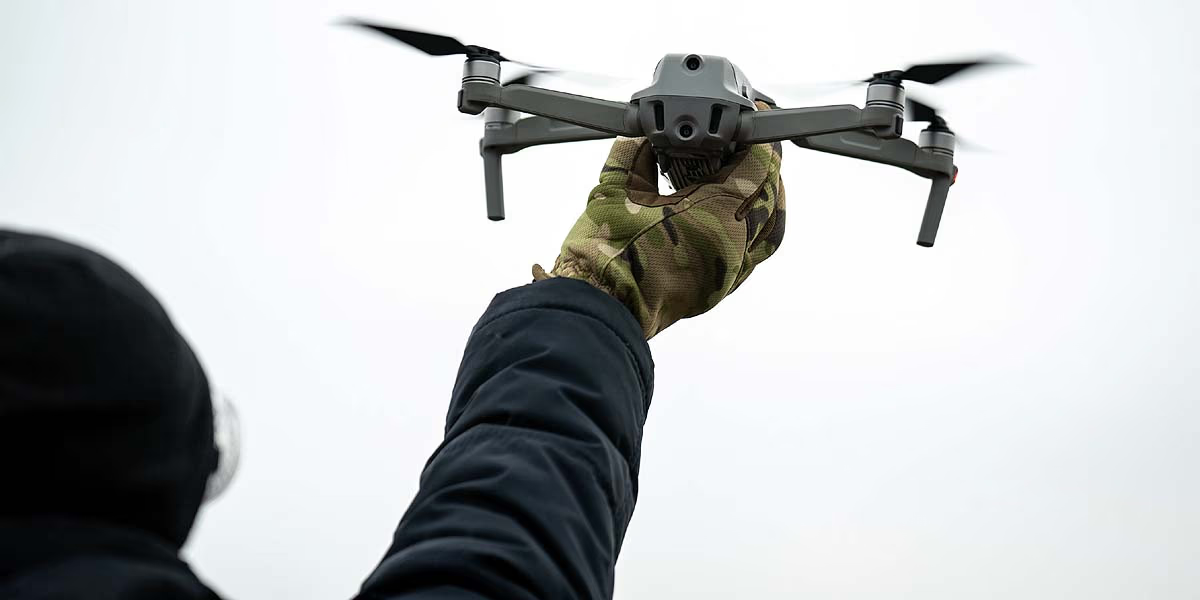
Source: aajtak
MPCDS (Man Portable Counter Drone System)
Features: Jamming and drone incapacitation capability.
Capability: Portable, effective against lightweight drones.
Contribution: These systems neutralized Pakistani DJI military drones on May 8.
6. SCALP and HAMMER Missiles
SCALP (Storm Shadow):
Long-range cruise missile with over 250 km range, effective against terrorist infrastructure.
HAMMER:
70 km range standoff smart bomb targeting bunkers and buildings.
Contribution:
Used in Operation Sindoor to destroy training camps of Laskar and Jaish.
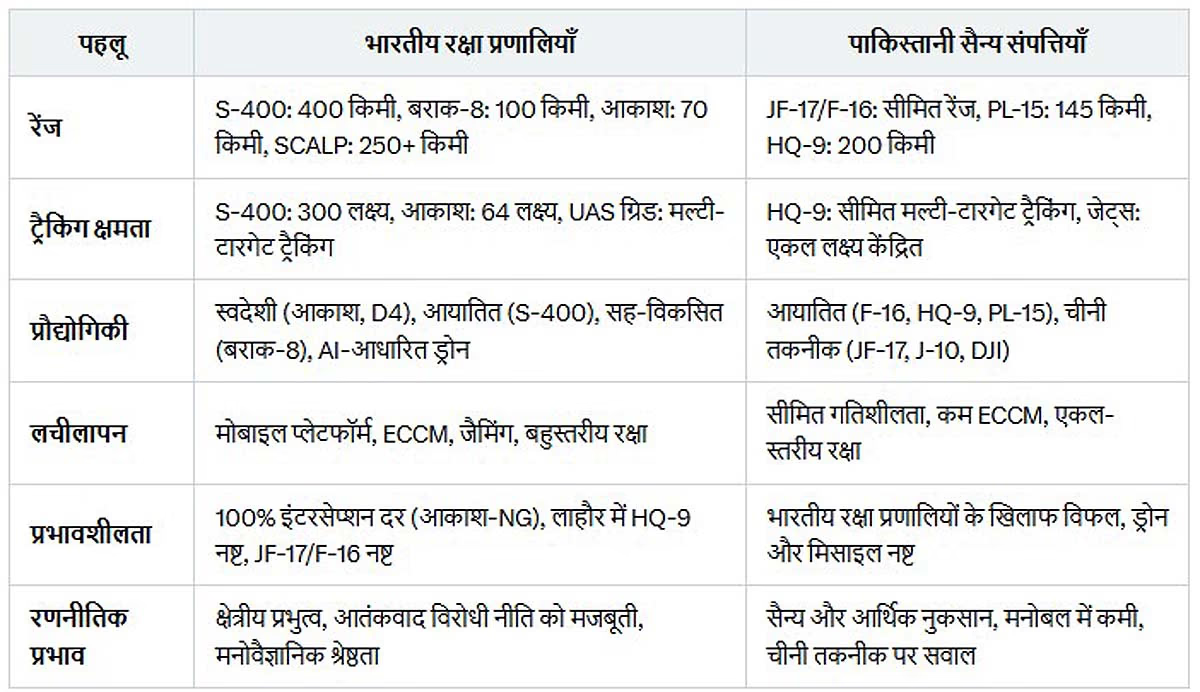
Source: aajtak
Pakistani Military Weapons Utilized
1. Fighter Jets: JF-17, J-10, F-16
Pakistan used JF-17 Thunder, J-10C, and F-16 Fighting Falcon jets in its attacks.
JF-17 Thunder:
Developed by China-Pakistan, multirole, speed of 1.6 Mach, KLJ-7A AESA radar.
Armament:
PL-15 AAM, AMRAAM, 23 mm autocannon.
Weakness:
Limited range and payload, less effective against S-400 and Barak-8.
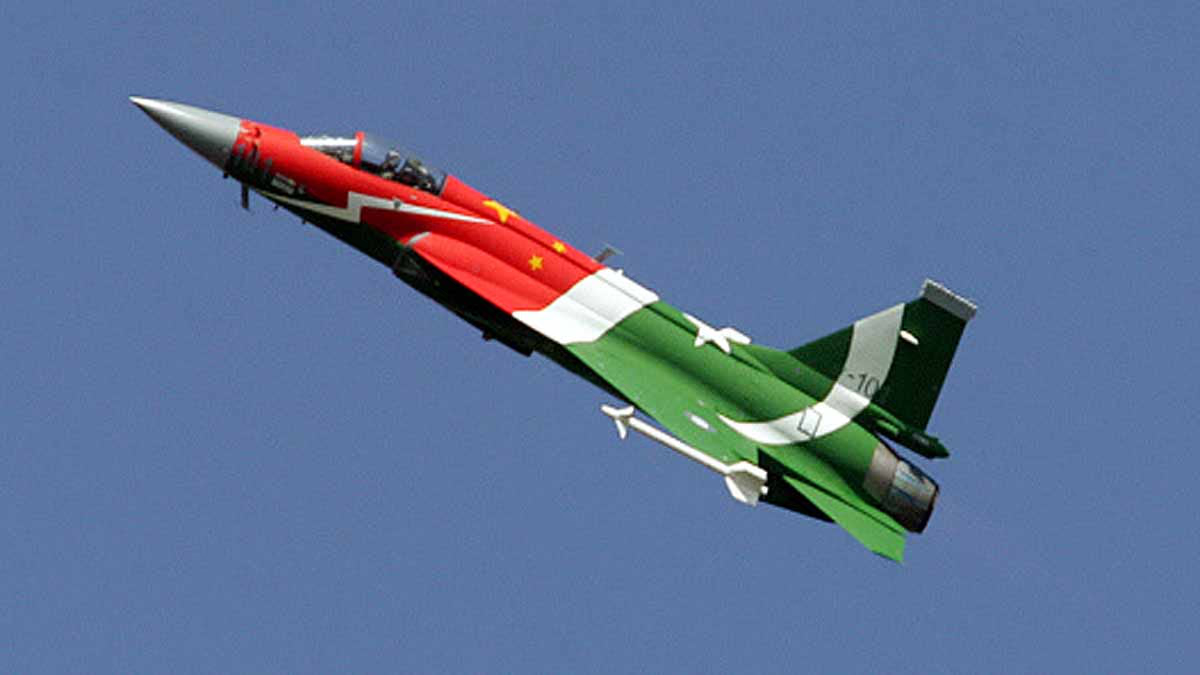
Source: aajtak
J-10C:
Chinese multirole jet, 2 Mach speed, PL-15 and PL-10 AAM.
Weakness:
Less experience against Indian radars and missiles.
F-16:
American multirole jet, 2 Mach speed, AIM-120C AMRAAM.
Weakness: Outdated technology, vulnerable to S-400's 400 km range.
Contribution: These jets attempted air raids against India, but S-400 and Akash neutralized a JF-17 and an F-16.
2. Missiles: PL-15 AAM, AMRAAM, HATF
PL-15 AAM: Chinese long-range air-to-air missile, 145 km range, deployed on JF-17 and J-10C.
AMRAAM (AIM-120C):
American air-to-air missile, 105 km range, deployed on F-16.
HATF:
Air-to-ground missile, with various ranges and payloads.
Weakness: Indian ECCM and jamming techniques rendered these missiles ineffective.
Contribution: Used in attacks on Indian bases but neutralized by Indian defense systems.
3. Ground-to-Air Missile: HQ-9
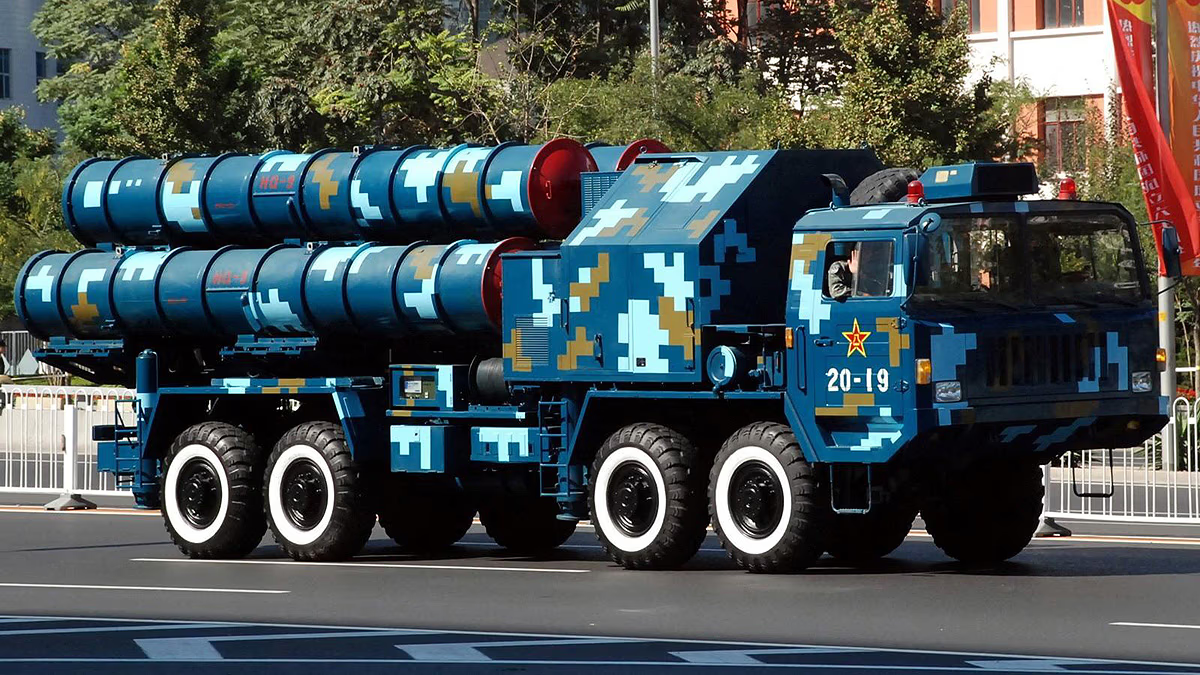
Source: aajtak
Features:
Chinese long-range SAM, 100-200 km range, multi-target tracking.
Weakness: Less range and effectiveness compared to the S-400, destroyed in Lahore during Indian attacks.
Contribution: HQ-9 attempted to intercept Indian drones and missiles but failed.
4. Drones: DJI Military Version
Features:
Military version of Chinese DJI drones, used for surveillance and light attacks.
Weakness: Easily neutralized by Indian D4 and MPCDS technologies.
Contribution: Used for attacks and surveillance on Indian bases but destroyed by Indian counter-drone technology.
Read more:
Strategic Importance
Indian Superiority:
The long range and multi-target tracking of S-400 and Barak-8 rendered Pakistani jets and missiles ineffective. Akash and D4 systems destroyed low-altitude drones and missiles, enhancing multi-layered defense. SCALP and HAMMER precisely dismantled terrorist infrastructure, diminishing Pakistan's retaliatory capability.
Pakistani Weaknesses:
Limited range and outdated technology of JF-17 and F-16 proved ineffective against Indian S-400 and Barak-8. HQ-9 failed to intercept Indian drones and missiles, ultimately destroyed in Lahore. DJI drones were helpless against Indian counter-drone technologies.
Regional Impact:
India's defense systems underscored its military superiority in South Asia, questioning the reliability of Pakistan's Chinese technology. This event weakened the Pakistani military’s morale and reinforced India’s counter-terrorism policy.
